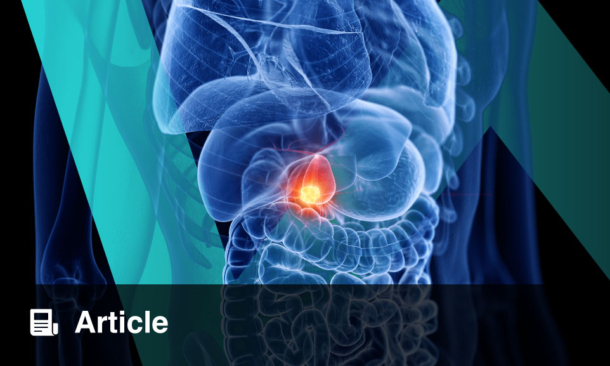Our research objective was to investigate the relationship between the defecation pattern, the severity of bloating, and the abdominal girth changes in patients with functional gastrointestinal disorders who reported bloating as their most common complaint. Bloating and abdominal distension, very common and bothersome symptoms, are associated with low treatment responsiveness.1
In this prospective, multicentre study spanning all areas in Italy, we enrolled patients with severe abdominal bloating as their prevalent complaint score (≥24 on a 0–100 mm Visual Analog Scale [VAS])2 with or without visible abdominal distension.3 The most common diagnoses according to Rome III criteria were irritable bowel syndrome (constipation subtype) and functional bloating. During the run-in, patients were invited to record a diary and measure abdominal girth at fasting and postprandially, as well as to be adherent to traditional irritable bowel syndrome dietary advice (i.e., NICE guidelines) augmented by a lactose-free diet. Patients who completed the run-in completed a questionnaire to assess subjective improvement of symptom perception on a 5-point Likert scale (from ‘worse’ to ‘major improvement’), a further assessment of bloating on VAS, and girth measurement by investigators. Both bloating VAS and abdominal girth changes correlated with subjective improvement of symptom perception. Thirty-one percent of patients reported a clinical benefit from following simple dietary advice. The simplicity of a lactose-free diet supplemented by NICE advice was a key factor for the strong adherence of the patients to the protocol. Indeed, a low FODMAP (fermentable oligosaccharides, disaccharides, monosaccharides, and polyols) diet was more complex and did not show further benefit compared to NICE advice.4 Only patients who did not report any improvement underwent a standardised balloon expulsion test;5 in most patients, this test was scored as a failure, showing that outlet dysfunction was prevalent in the non-responders group and related to bloating severity.
The aetiology of bloating and abdominal distension is still unclear. They may be produced by different mechanisms, for example, an impaired handling of bowel gaseous content by abdomino-phrenic dyssynergia has been recently demonstrated by studies from Barcelona.6 An increased generation of intestinal gas inside the gut itself may produce bloating and distension.7 Moreover, intestinal gas production depends on a summation effect of pre-existing fermentable substrates and recent colonic loads of fermentable foodstuffs.8 This may explain why bloating strongly correlates with distention in patients with constipation.9 However, there is a lack of solid data on defecation patterns in patients complaining of severe bloating, albeit dyssynergic defecation is a well-known cause of impaired evacuation of faecal material.
Recognising the different operative mechanisms that might be coincident in the same individual helps plan effective treatment. Our data might support bowel retraining as a potential treatment option for functional bloating and a biofeedback trial to improve defecation effort is also ongoing to better understand the relevance of outlet dysfunction as a contributing aetiology to functional bloating.








